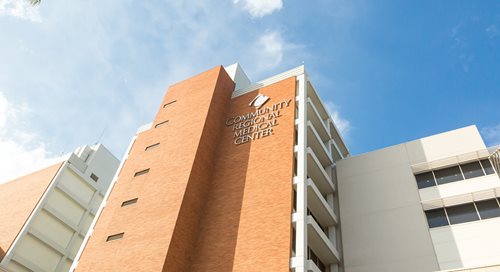 Tuesday, Jan. 3, the Fresno County Board of Supervisors voted unanimously to approve Community’s plea to declare a local emergency due to the unprecedented volumes we are seeing during this “tripledemic” surge as well as the potential pending impact of Madera Community Hospital’s closure.
Tuesday, Jan. 3, the Fresno County Board of Supervisors voted unanimously to approve Community’s plea to declare a local emergency due to the unprecedented volumes we are seeing during this “tripledemic” surge as well as the potential pending impact of Madera Community Hospital’s closure.
What does the state of emergency mean for local hospitals?
This local emergency will be in effect for a 30-day period and is significant for three reasons:
-
It demonstrates our need for increased state and federal intervention and support.
-
Supports enacting hospital-based emergency policies, should the need arise.
-
It recognizes the incredible sacrifices our team members and physicians are making to provide the care our region needs.
We have submitted requests to the California Department of Health and Human Services (CHHS) undersecretary and to the U.S. Department of Health and Human Services (HHS) for California Medical Assistance Teams (CAL-MAT) and other additional staffing resources to provide us with support over the next four weeks.
Healthcare workers continue to feel the brunt of the crisis
We deeply appreciate all that our team members and physicians have done so far, operating in crisis ratios, maximizing surge locations and helping to share the load across our three acute-care facilities. In spite of these actions, Community Regional Medical Center was placed on EMS diversion (no ambulances to our facility) for four hours last week to preserve and decompress our trauma capacity.
We are grateful to the Fresno County Board of Supervisors and our community partners for taking this action recognizing your amazing work and helping preserve our Level I trauma and comprehensive burn center. We are determined to use all available resources to garner additional help for our brave, but weary clinical teams.
What can I do to help?
There are many viruses spreading in our community, COVID-19, flu, RSV and more. You can help by keeping yourself and your loved ones healthy with these simple tips:
-
Wear a mask, even if you’ve been vaccinated.
-
Wash your hands often with soap and water for at least 20 seconds.
-
Avoid close contact with those who are sick.
-
Avoid touching your eyes, nose and mouth.
-
Clean and disinfect frequently touched surfaces like door knobs, cell phones and keyboards.
-
Stay home when you are sick except to get medical care.
If you're experiencing severe symptoms, you may need to seek medical attention. Check out this guide to help determine if you need to visit the emergency room, walk-in urgent care or your primary care physician.
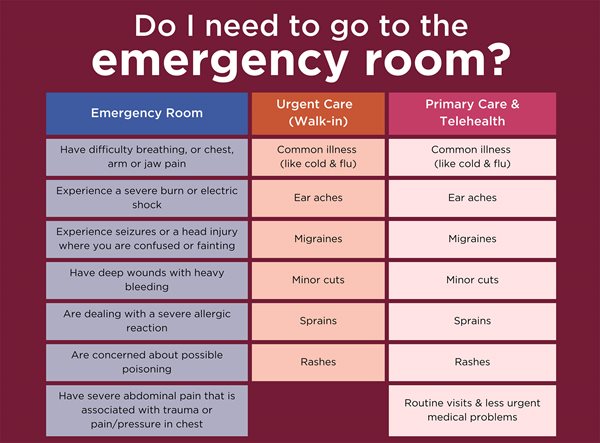
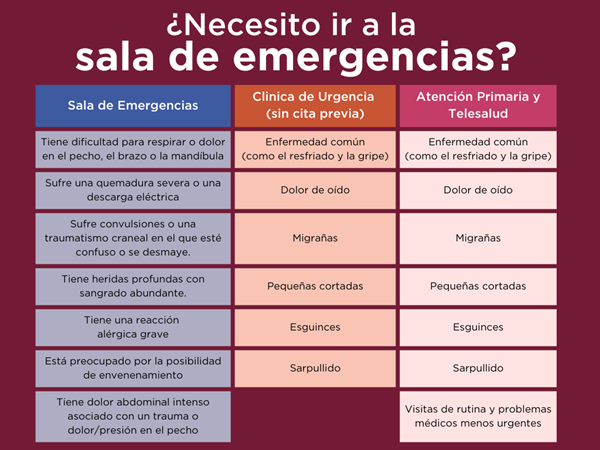



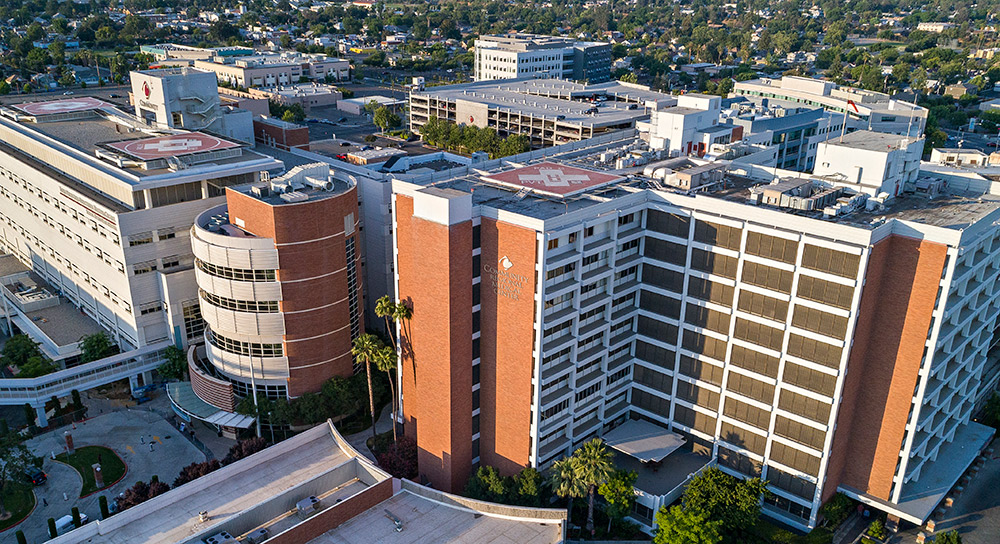.jpg)
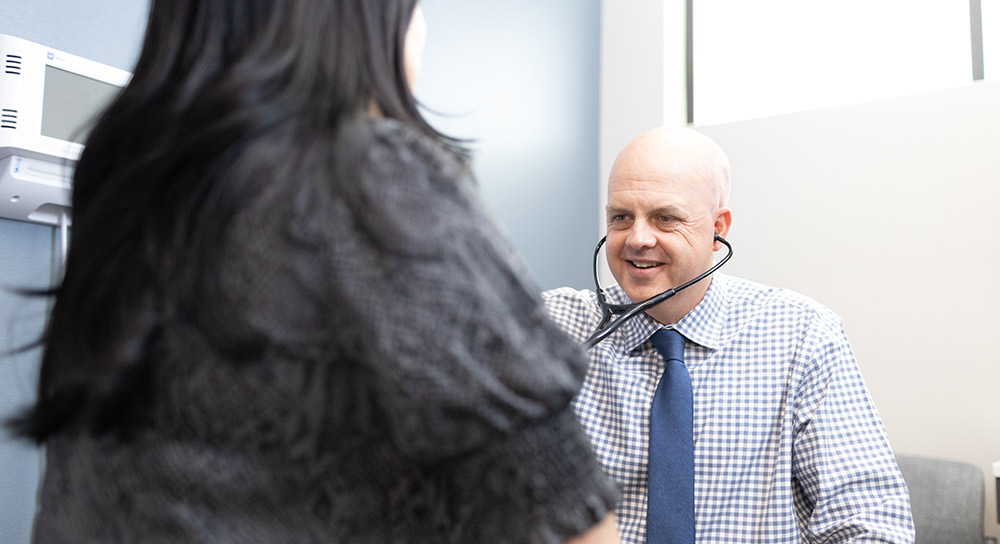
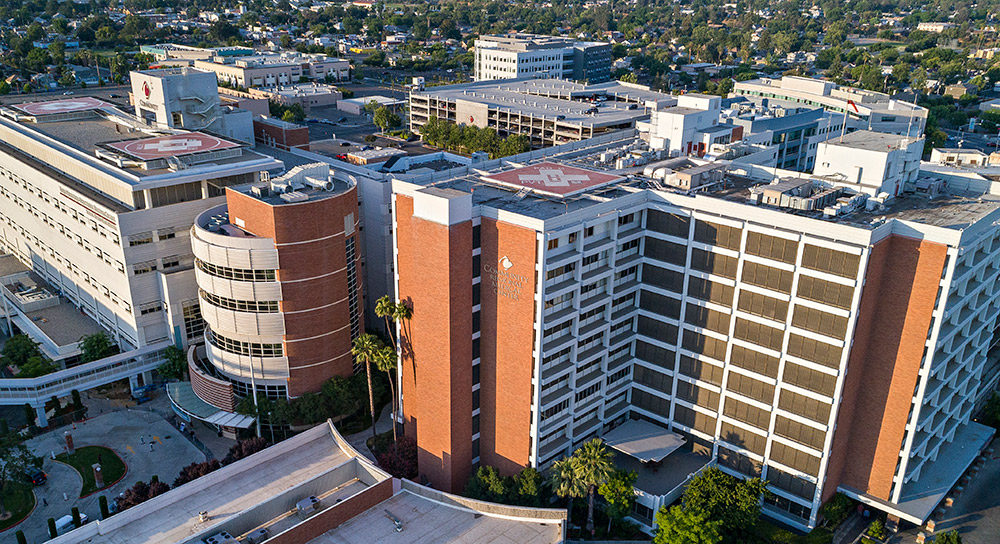.jpg?width=500)
